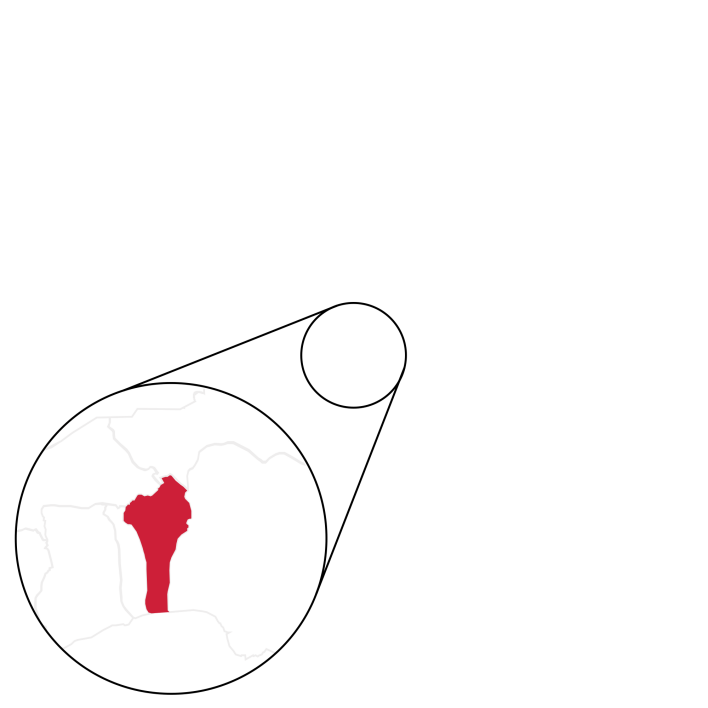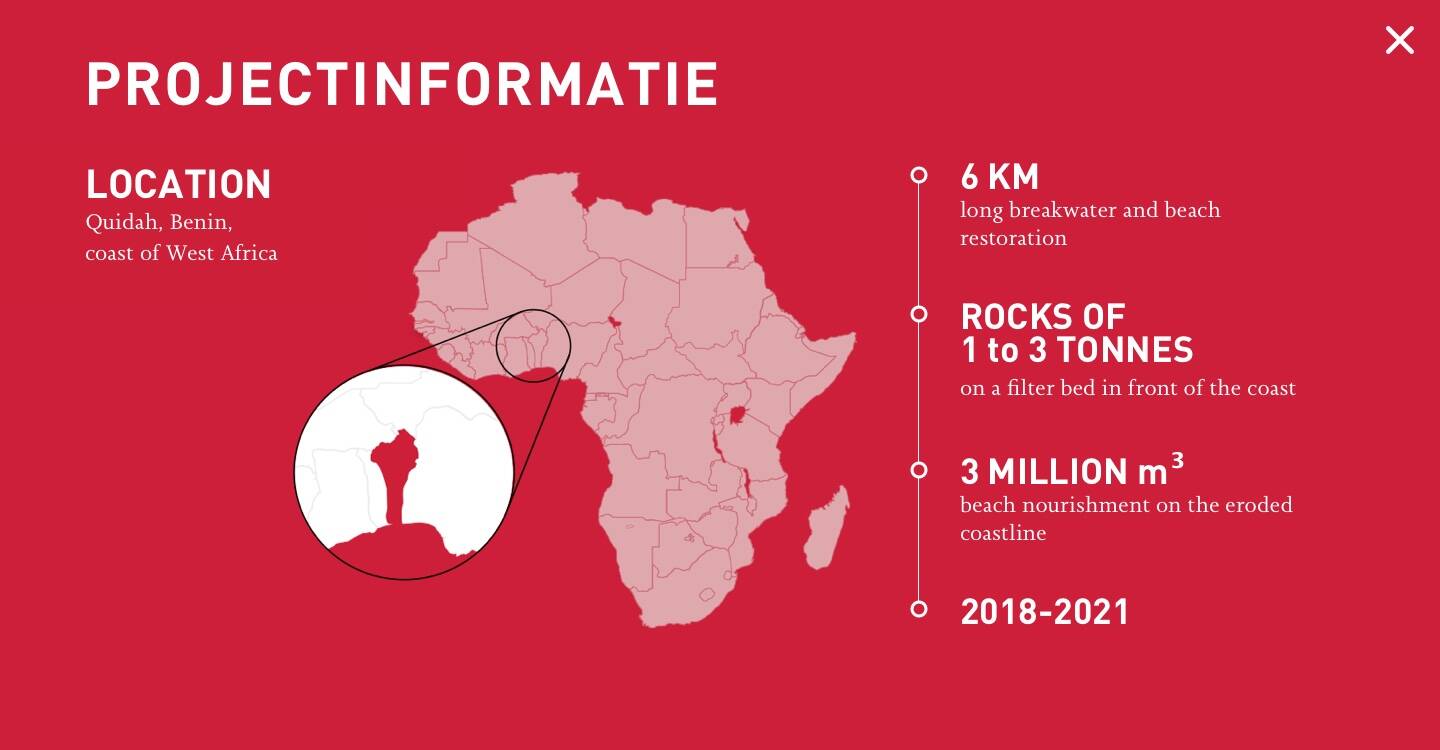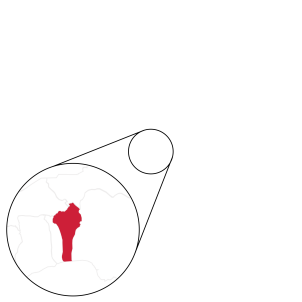How can we use the space at sea as sustainably as possible? That’s the central question of the wide-scale European research project United. With the support of partners from 8 countries, 5 pilot projects have been set up. Jan De Nul participates in the research project in Belgium, which focuses on nature restoration and aquaculture.
Warmer and more acidic water
"Marine ecosystems worldwide are facing two major challenges: the warming of seawater and acidification. The continuous rise in temperature disturbs the optimal conditions for organisms to live. Additionally, the seawater absorbs a lot of CO2 from the atmosphere. A great help in the fight against climate change, but also the main cause of acidification of the sea."
Climate change will undoubtedly shake up the marine ecosystem. Yet some organisms will benefit. A seashell that feeds itself differently under the influence of acidification will affect processes in the seabed that protect other organisms more effectively. For us humans, it is important to take the effects on ecosystems into account in all activities at sea. How can we combine the installation of wind farms or coastal protection with the protection of marine ecosystems? Where can we increase the positive effects of seagrasses, mudflats and salt marshes? How can we set up a more sustainable way of fishing? It is up to the players in those markets to experiment with innovative solutions.
Not only losers
Flight to the north
The migration of fish species can thoroughly upset our economic system. Their presence in the north and in the extreme south will only increase. The species that remain in the rest of the world will become economically less interesting. And that can cause geopolitical problems, as was the case with the mackerel. The European Union, Norway and the Faroe Islands originally controlled its fishery. Due to the changing climate, the mackerel ended up in Icelandic and Greenlandic waters, with a different approach to fishing. Eventually, overfishing caused a temporary collapse of the fishing stock, leading to a real ‘mackerel war’.
Mackerel war
How does this warmer and more acidic seawater affect marine life? Immensely: many species flee to colder and deeper waters of either the north or extreme south close to Antarctica. A migration that confronts predators with a new diet. Less mobile species are forced to stay and adapt to the changing environment. In many cases a lost cause, since they can not adapt fast enough. As a result of the acidification of the seawater, marine organisms can’t produce calcium for their exoskeleton and shells anymore. On top of that, certain fish species lose their ability to detect predators. The vulnerability of these organisms can endanger the entire food chain.
How does climate change affect life under water?


The sea is warming up. Every ten years the temperature of the water rises by 0.3 degrees. That may not seem much, but for the organisms in marine ecosystems it means the world. Those that can, flee to colder areas or try to adapt. Not relevant for us? Think again: fishing will look completely different in a few years’ time. Private companies such as Jan De Nul are working on sustainable solutions to maintain or even restore marine biodiversity.
Jan Vanaverbeke gives the answer. As a marine ecologist with a PhD in Sciences from Ghent University, he performs research into marine biodiversity.
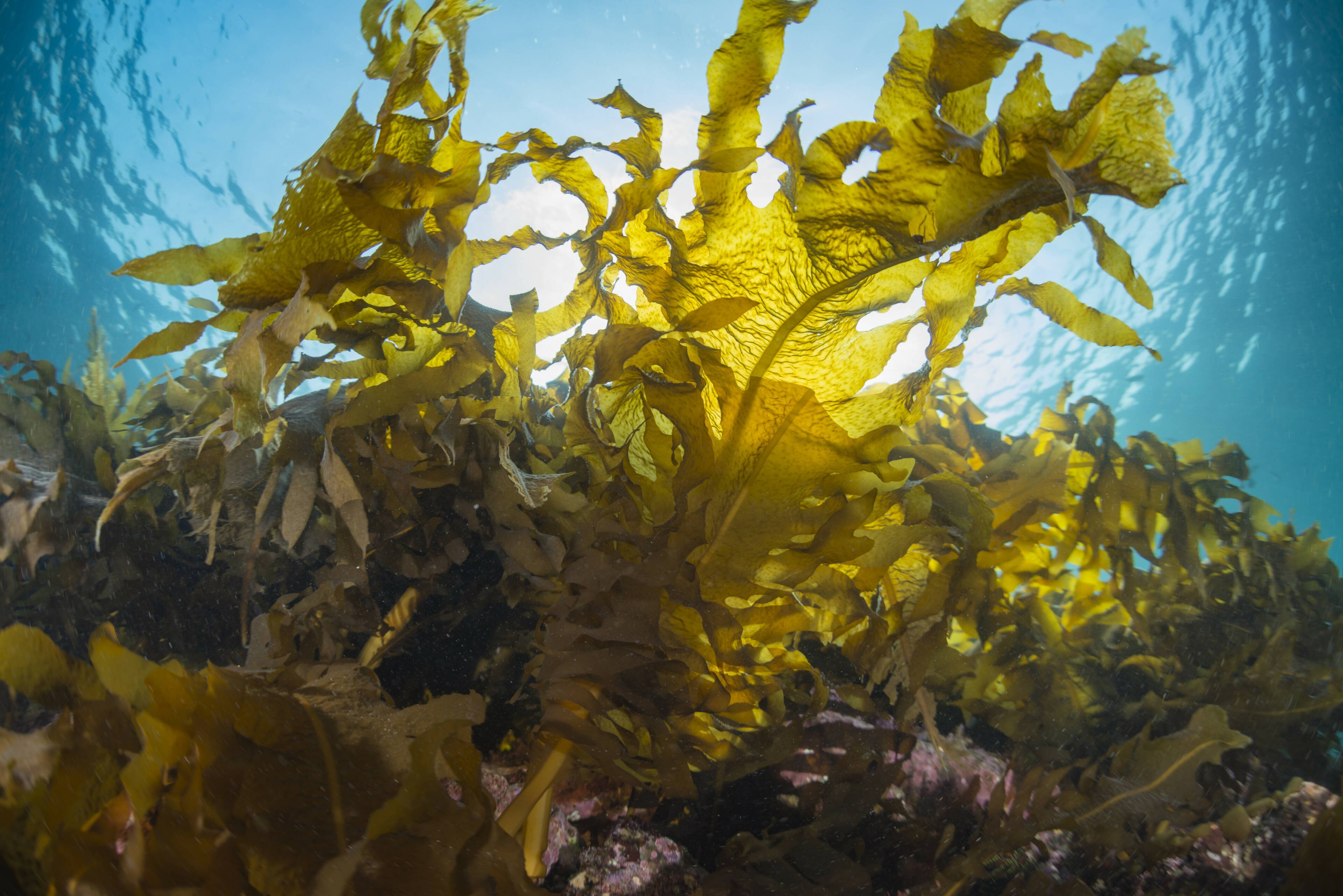
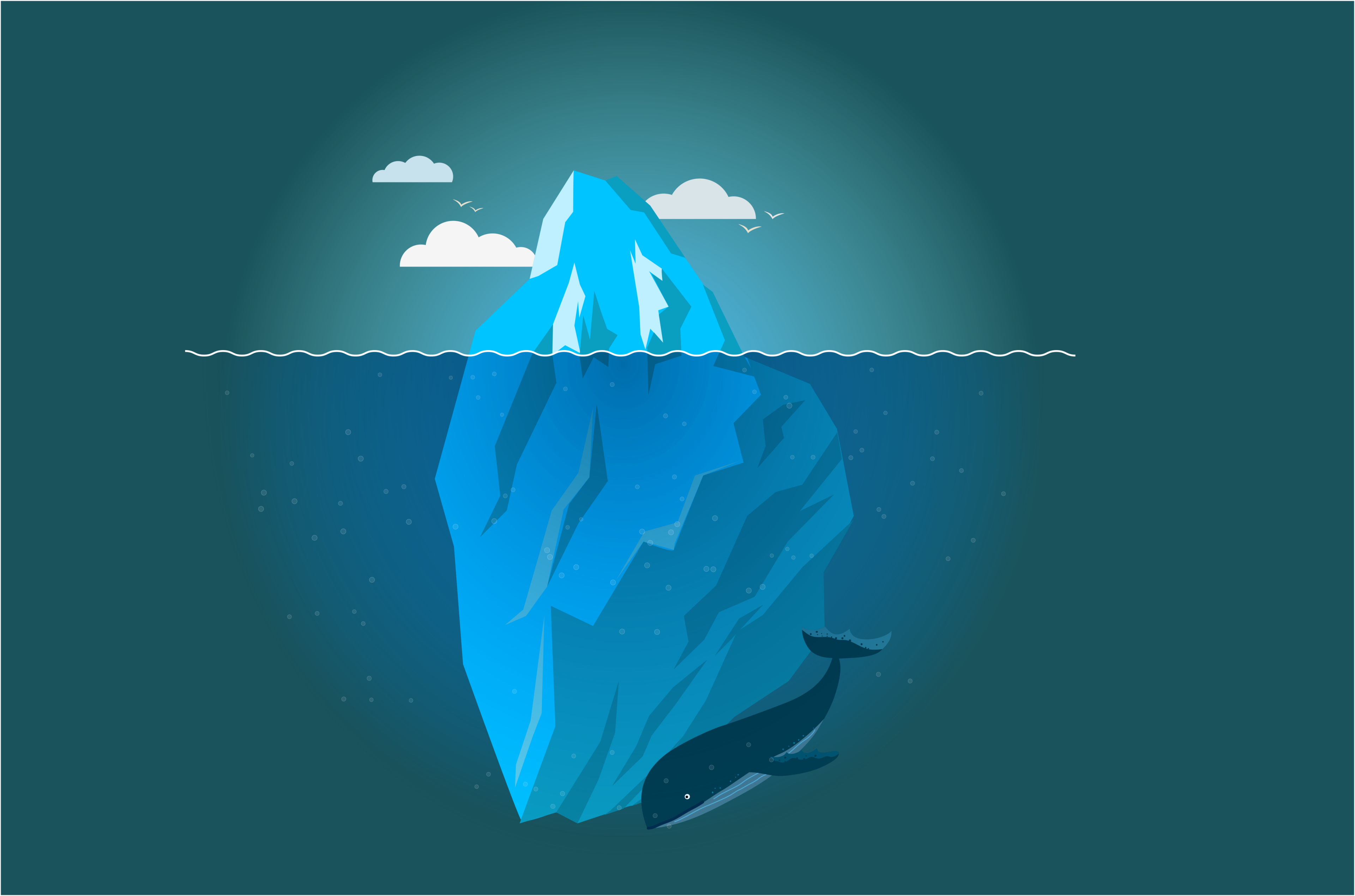
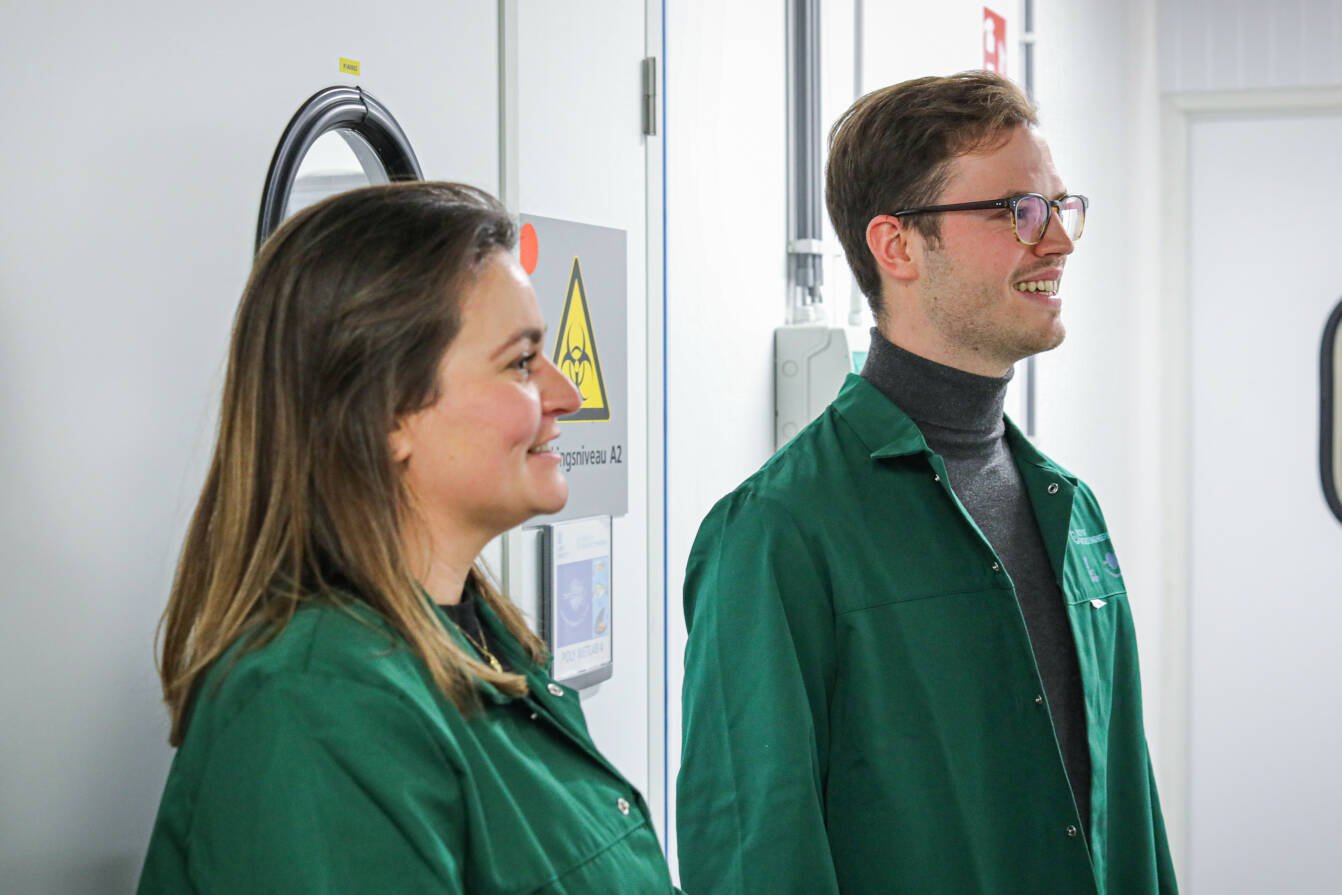
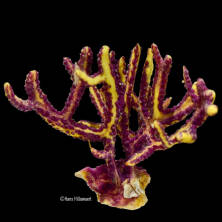
Nathalie Van Caster - Junior Environmental Engineer
Sander Devriese - Junior Environmental Engineer


In the North Sea we contribute to the restoration of oyster banks. Discover how!

...absorb at least as much CO2 as forests?
...can trap CO2 in flooded soils for millennia?
pictures ©Hans Hillewaert


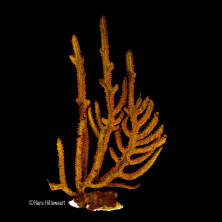


Dredging works can leave us with a large amount of sediment. In most cases, this is deposited in deeper parts of the sea. Jan De Nul is looking for methods to put this sediment to better use, for example by creating mangroves. This ecosystem offers a safe home to various animal species and removes a lot of CO2 from the atmosphere. The root systems of the mangroves, in turn, prevent massive CO2 emissions.
Reusing sediments to create new ecosystems
An underwater breakwater as a coral reef
For years, the coast of Benin struggled with erosion. Even coastal breakwaters could not solve this problem. Until Jan De Nul found a solution in nature: submerged dykes that act as coral reefs, reducing the energy of the waves and stabilising the coastline. Parallel to the Benin coast at 180 metres, we built a 5 km long underwater breakwater. Waves will now crash into the coast with less force, causing less devastation. Our trailing suction hopper dredgers restored the eroded beaches.
The coastline of Benin can remain the home for local inhabitants, but also for the environment. The breakwater provides new grounds for marine life to grow and a new habitat for other marine species. Barely one year after construction, we could already see the results. Armed with a camera, we went back to the breakwater to monitor the water quality and biodiversity. Divers collected samples of the species found on the breakwater and identified them. Curious what we found? Discover new life on the breakwater in Benin!


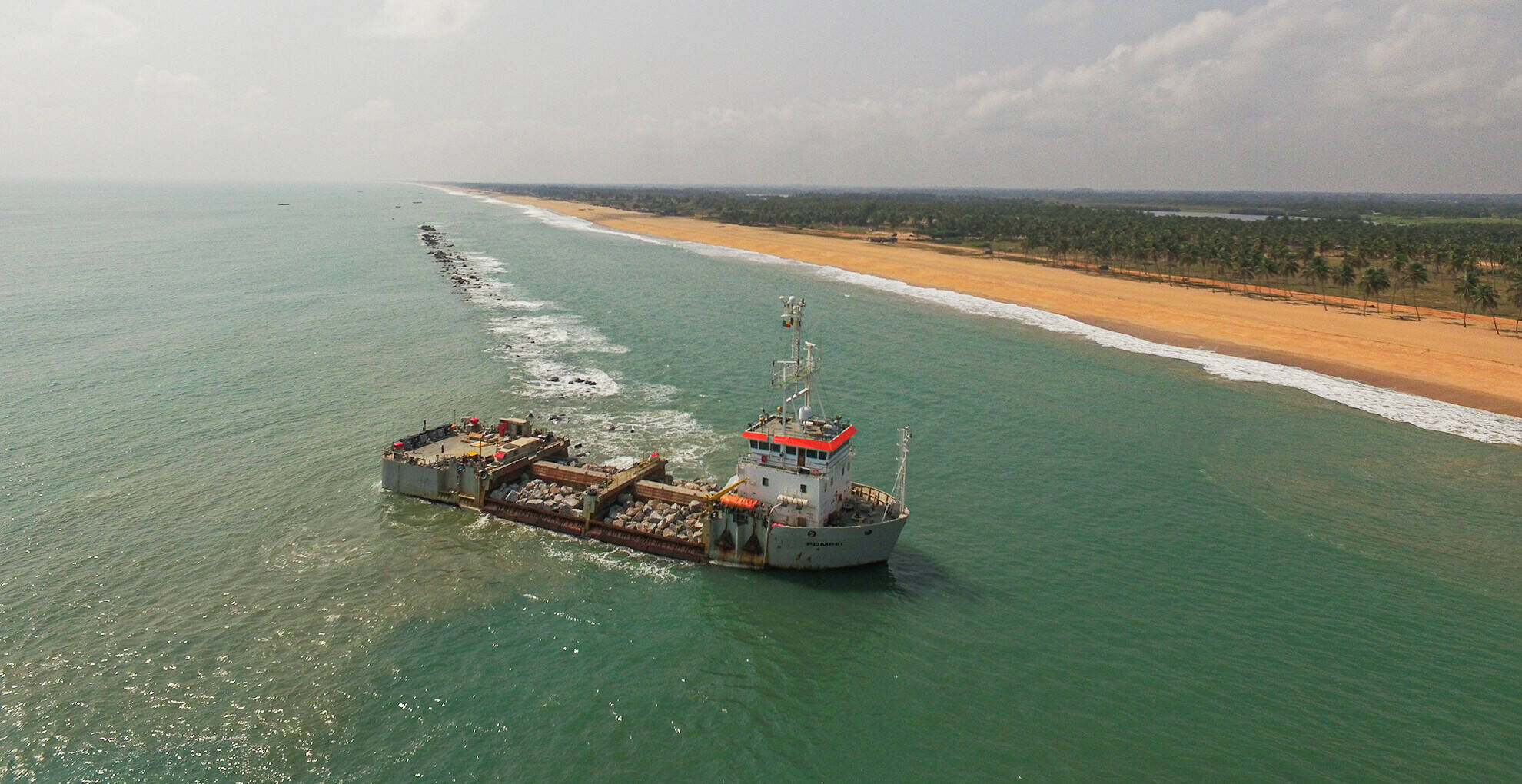
Restoring oyster banks in the North Sea

How can we use the space at sea as sustainably as possible? That’s the central question of the wide-scale European research project United. With the support of partners from 8 countries, 5 pilot projects have been set up. Jan De Nul participates in the research project in Belgium, which focuses on nature restoration and aquaculture.
Restoring oyster banks in the North Sea
Climate change will undoubtedly shake up the marine ecosystem. Yet some organisms will benefit. A seashell that feeds itself differently under the influence of acidification will affect processes in the seabed that protect other organisms more effectively. For us humans, it is important to take the effects on ecosystems into account in all activities at sea. How can we combine the installation of wind farms or coastal protection with the protection of marine ecosystems? Where can we increase the positive effects of seagrasses, mudflats and salt marshes? How can we set up a more sustainable way of fishing? It is up to the players in those markets to experiment with innovative solutions.
Not only losers
The migration of fish species can thoroughly upset our economic system. Their presence in the north and in the extreme south will only increase. The species that remain in the rest of the world will become economically less interesting. And that can cause geopolitical problems, as was the case with the mackerel. The European Union, Norway and the Faroe Islands originally controlled its fishery. Due to the changing climate, the mackerel ended up in Icelandic and Greenlandic waters, with a different approach to fishing. Eventually, overfishing caused a temporary collapse of the fishing stock, leading to a real ‘mackerel war’.
Mackerel war
How does this warmer and more acidic seawater affect marine life? Immensely: many species flee to colder and deeper waters of either the north or extreme south close to Antarctica. A migration that confronts predators with a new diet. Less mobile species are forced to stay and adapt to the changing environment. In many cases a lost cause, since they can not adapt fast enough. As a result of the acidification of the seawater, marine organisms can’t produce calcium for their exoskeleton and shells anymore. On top of that, certain fish species lose their ability to detect predators. The vulnerability of these organisms can endanger the entire food chain.
Flight to the north

Jan Vanaverbeke gives the answer. As a marine ecologist with a PhD in Sciences from Ghent University, he performs research into marine biodiversity.
Warmer and more acidic water
"Marine ecosystems worldwide are facing two major challenges: the warming of seawater and acidification. The continuous rise in temperature disturbs the optimal conditions for organisms to live. Additionally, the seawater absorbs a lot of CO2 from the atmosphere. A great help in the fight against climate change, but also the main cause of acidification of the sea."
How does climate change affect life under water?
The sea is warming up. Every ten years the temperature of the water rises by 0.3 degrees. That may not seem much, but for the organisms in marine ecosystems it means the world. Those that can, flee to colder areas or try to adapt. Not relevant for us? Think again: fishing will look completely different in a few years’ time. Private companies such as Jan De Nul are working on sustainable solutions to maintain or even restore marine biodiversity.

Nathalie Van Caster - Junior Environmental Engineer
Sander Devriese - Junior Environmental Engineer

...absorb at least as much CO2 as forests?
...can trap CO2 in flooded soils for millennia?
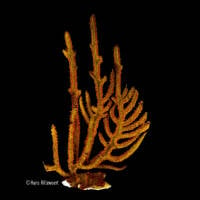
Dredging works can leave us with a large amount of sediment. In most cases, this is deposited in deeper parts of the sea. Jan De Nul is looking for methods to put this sediment to better use, for example by creating mangroves. This ecosystem offers a safe home to various animal species and removes a lot of CO2 from the atmosphere. The root systems of the mangroves, in turn, prevent massive CO2 emissions.
Reusing sediments to create new ecosystems

pictures ©Hans Hillewaert



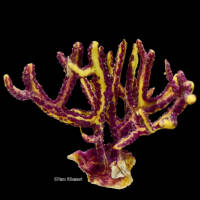

For years, the coast of Benin struggled with erosion. Even coastal breakwaters could not solve this problem. Until Jan De Nul found a solution in nature: submerged dykes that act as coral reefs, reducing the energy of the waves and stabilising the coastline. Parallel to the Benin coast at 180 metres, we built a 5 km long underwater breakwater. Waves will now crash into the coast with less force, causing less devastation. Our trailing suction hopper dredgers restored the eroded beaches.
The coastline of Benin can remain the home for local inhabitants, but also for the environment. The breakwater provides new grounds for marine life to grow and a new habitat for other marine species. Barely one year after construction, we could already see the results. Armed with a camera, we went back to the breakwater to monitor the water quality and biodiversity. Divers collected samples of the species found on the breakwater and identified them. Curious what we found? Discover new life on the breakwater in Benin!


An underwater breakwater as a coral reef

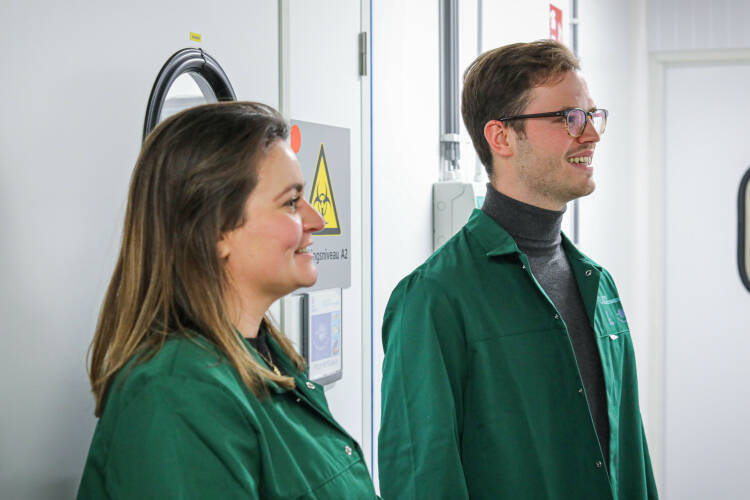
In the North Sea we contribute to the restoration of oyster banks. Discover how!

